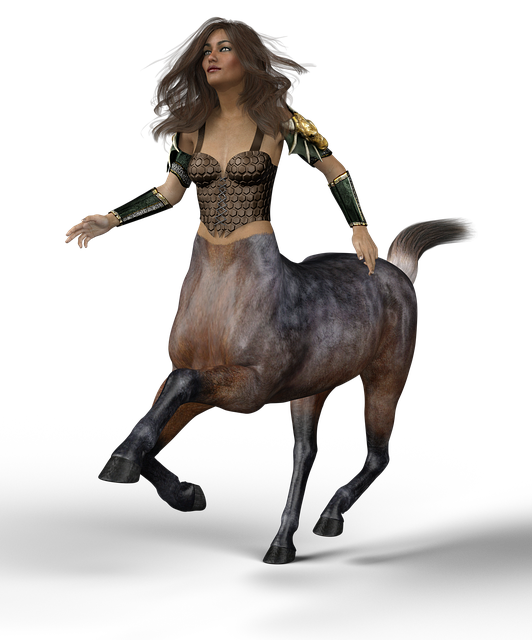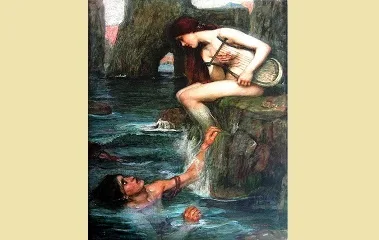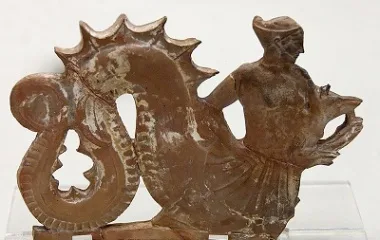Greek Creatures Centaur
Contents
Introduction
The centaur is a fascinating creature from Greek mythology, known for its half-human, half-horse form. These creatures have captured the imagination of people for centuries, appearing in art, literature, and popular culture. In this article, we will explore the origins of the centaur, their role in Greek mythology, and their representation in modern media.
Origins of the Centaur
The origins of the centaur can be traced back to ancient Greek mythology. According to legend, centaurs were the offspring of Ixion, the king of the Lapiths, and Nephele, a cloud nymph created by Zeus to resemble his wife, Hera. The centaurs were known for their wild and unruly behavior, often depicted as heavy drinkers and prone to violence.
These mythical beings were said to inhabit the mountains and forests of Thessaly, where they lived in tribes and engaged in warfare with the Lapiths. The centaurs were often portrayed as a primitive and barbaric race, contrasting the civilized and cultured nature of the Greek people.
The earliest depictions of centaurs can be found in ancient Greek art and pottery, where they are often shown participating in the weddings and battles of the gods and heroes. Their appearance in these works reflects their dual nature as both human and horse, with the upper body of a man and the lower body of a horse.
Centaur Appearance and Traits
CentaurThe appearance of centaurs has been a subject of fascination and interpretation throughout history. In Greek mythology, centaurs were typically depicted as powerful and fierce creatures, with the strength and speed of a horse combined with the intelligence and dexterity of a human. They were known for their archery skills, often portrayed carrying bows and arrows in battle.
CentaurThe physical characteristics of centaurs varied in different works of art and literature, with some being portrayed as noble and wise, while others were depicted as savage and bestial. Their dual nature as both human and horse created a sense of otherness and mystery, making them a popular subject for artists and poets.
CentaurCentaurs were also known for their hedonistic and indulgent behavior, often depicted as reveling in wine and music, and engaging in brawls and conflicts with other mythical beings. This unruly nature was often used to symbolize the wild and untamed aspects of human nature, contrasting with the civilized and ordered society of the Greeks.
The Role of Centaurs in Greek Mythology
In Greek mythology, centaurs played a significant role in the stories and legends of the gods and heroes. They were often portrayed as antagonistic figures, engaging in conflicts and rivalries with the heroes and gods of ancient Greece. One of the most famous conflicts involving centaurs was the battle of the Lapiths and centaurs, which took place during the wedding of Pirithous, the king of the Lapiths.
This conflict was sparked by the centaurs’ drunken and disorderly behavior, leading to a violent confrontation with the Lapiths. The battle became a symbol of the struggle between civilization and savagery, with the Lapiths representing order and the centaurs representing chaos. The hero Theseus, a friend of Pirithous, played a crucial role in defeating the centaurs and restoring peace to the wedding celebration.
In addition to their role in conflicts and battles, centaurs were also associated with the teachings of Chiron, the wise and noble centaur who served as a mentor to many heroes, including Achilles and Jason. Chiron was known for his wisdom, knowledge of medicine, and skill in music and archery, making him a revered figure in Greek mythology.
Representation of Centaurs in Modern Media
Centaurs have continued to capture the imagination of people in modern times, appearing in various forms of media, including literature, film, and video games. Their enduring popularity can be attributed to their iconic appearance and their complex and contradictory nature as both human and horse.
In literature, centaurs have been featured in numerous fantasy novels and series, often portrayed as proud and noble beings with a deep connection to nature. In J.K. Rowling’s Harry Potter series, centaurs are depicted as wise and enigmatic creatures living in the Forbidden Forest, with a deep understanding of the stars and the natural world.
CentaurIn film and television, centaurs have been brought to life through the use of special effects and CGI, appearing in epic battles and mythical settings. One of the most notable depictions of centaurs can be found in the 1997 film Hercules, where they are portrayed as a fierce and proud race fighting against the gods and heroes of ancient Greece.
CentaurIn video games, centaurs often appear as powerful and formidable enemies, known for their speed and agility in combat. They are often portrayed as skilled archers and warriors, posing a significant challenge to the players as they navigate through fantasy worlds and mythical landscapes.
Conclusion
CentaurIn conclusion, the centaur is a mythical creature with a rich and complex history, originating from ancient Greek mythology and continuing to captivate audiences in modern times. Their dual nature as both human and horse has made them a symbol of contradiction and mystery, reflecting the complexities of human nature. Whether portrayed as noble and wise beings or wild and untamed creatures, centaurs have left a lasting impression on the world of mythology and popular culture, ensuring their enduring legacy for generations to come.
CentaurGreek mythologyGreek Creatures CentaurGreek mythologyCentaurGreek Creatures Centaur
Share this content:




Post Comment